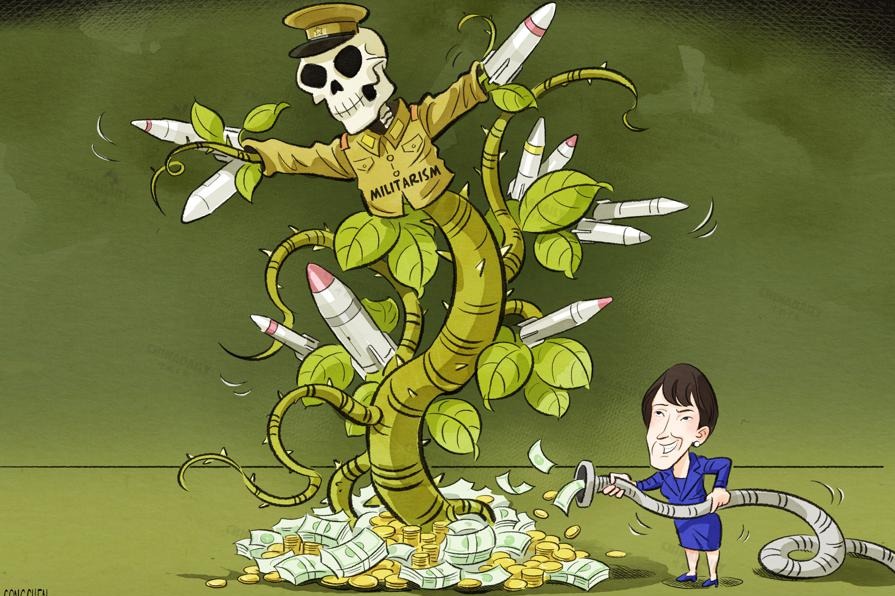Ghana's budding filmmakers have a home to call their own
China Daily | Updated: 2017-06-10 07:15
'Kumawood' productions are cheap, plentiful ... and surprisingly popular
KUMASI, Ghana - India has its Bollywood and Nigeria, Nollywood. Even New Zealand has a Wellywood.
In Ghana, films made in Kumasi and the surrounding region go by a similar shorthand: Kumawood.
The cultural heart of Ghana is about five hours' drive from the more cosmopolitan coastal capital, Accra, and it was rivalry between the two that played a key role in developing Kumasi's burgeoning film industry.
Smarting from a jibe nearly a decade ago, Kumawood defiantly built itself up after a teasing by Accra-based counterparts about not being real filmmakers, producer James Aboagye said.
"At that time, the only producer in Kumasi said that if this is the way they are treating us, we will stay in Kumasi and create Kumawood," he said.
Four years ago, it wasn't unusual for Kumawood to churn out up to 12 films a week, on a shoestring budget of only 30,000-50,000 cedi ($6,900-$11,400) each.
That included the filming, as well as the cost of releasing the movie and the production of the DVDs.
But power shortages cut that back to a more modest four - still an astonishing figure considering the months, if not years, it takes to make some Hollywood blockbusters.
Kumasi, Ghana's second city, is known for its rich, cultural heritage and is home to the country's most-revered royal family.
Films are shot on location around the central city and the surrounding area. Dialogue is in Twi - an Akan dialect spoken by most Ghanaians - and is often unscripted.
Crews shooting a feature-length film within a week can be on-set from dawn until midnight, Aboagye said.
"When you come to Kumawood you get the real definition of 'time is money' because the longer you stay on location the more expensive the production becomes," he added.
Accra Film School executive director Rex-Anthony Annan said some Ghanaians are embarrassed to admit to liking the films, which are seen as "low standard" in some quarters.
But they remain hugely popular and are regularly shown on long-distance bus trips.
"Because they are in the local dialect you can relate to them more," 22-year-old Eunice Larbie said as she waited for a bus to Accra. "Watching Kumawood films with strangers on the journey brings people together."
The films are slowly making their way to theatres in Ghana but are more often found on local television, online or on DVDs sold by roadside vendors.
Kumawood currently produces about 40 percent of all Ghanaian films, while those made in Accra account for about half. The rest originate from other parts of the west African country, Annan said.
Kumawood films don't necessarily follow rules and filmmakers aren't professionally trained. Often there's no plot and confusion reigns.
Agence France-presse
(China Daily 06/10/2017 page9)
























